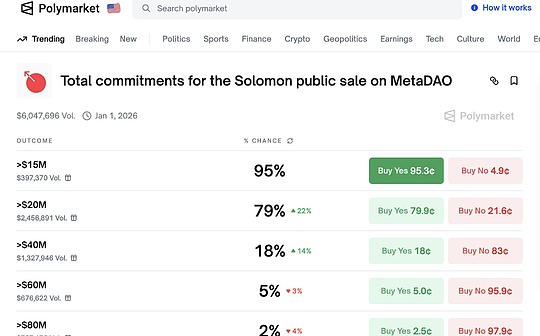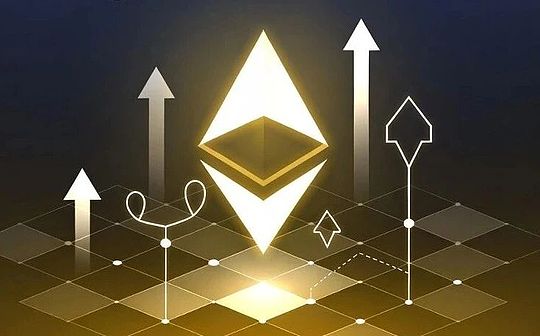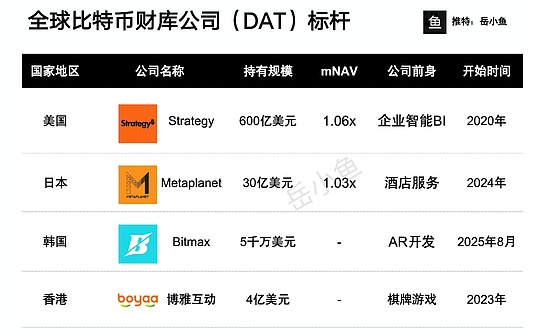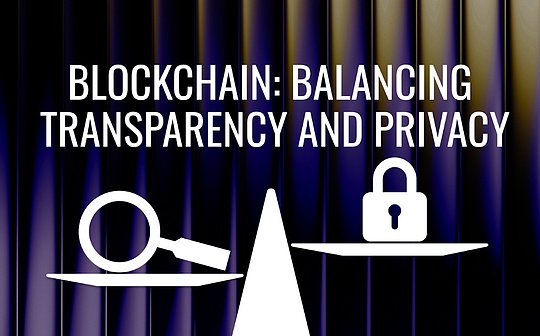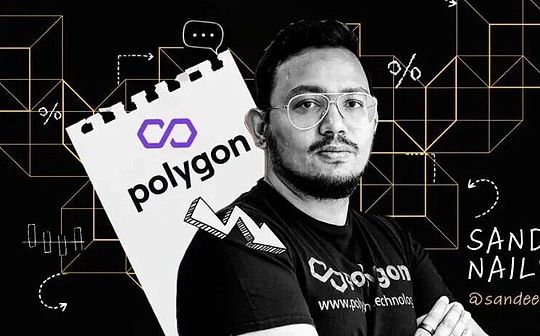
author:Thejaswini, source: Token Dispatch
Preface
Sandeep Nailwal’s father often doesn’t go home for several days.
By the time he came back, his monthly salary of $80 was gone, squandering on alcohol and gambling debts.
The family lives in a settlement along the Deriamuna River, which locals disdainfully call the area “Jamna-Paar”, roughly meaning “opposite the river.”But this is not a compliment.
When he was a child, Sandeep always stood outside the classroom because his parents did not pay the tuition and could not enter the classroom.When he was ten years old, his younger brother suffered a serious accident and his childhood ended.My father’s drug addiction means someone has to come forward.This person is Sandeep.
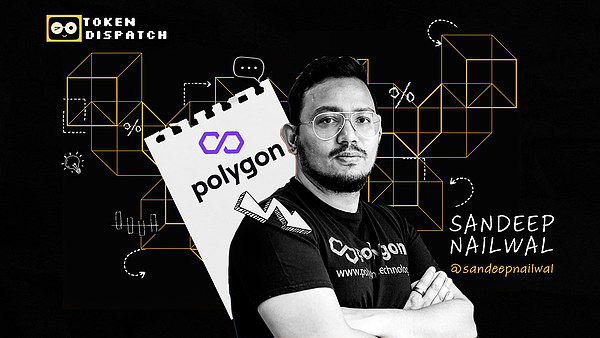
Today, Nelval runs Polygon, a blockchain infrastructure company that processes millions of transactions a day, working with companies like JPMorgan Chase, Stripe and Disney.The journey took only thirty years from the Delhi slum to building the technology used by Fortune 500 companies.
But the road was not smooth sailing, and the scars he experienced in his early years affected every decision he made.
Sandeep Nailwal was born in 1987 in Ramnagar, at the foot of the Himalayas, a rural village without electricity.His parents were both illiterate when they got married, and when he was four, they moved to Delhi to look for opportunities that were not available in the village.
As a result, what they found was a slum.
The settlements on the eastern bank of the Yamuna River are crowded, dirty, and violent.Illegal guns and knives are the preferred tools for resolving disputes.His family squeezed into whatever residence they could afford and kept moving as the situation changed.
His parents don’t understand education.They don’t know that their children can go to school at the age of three or four.Sandeep didn’t start school until he was five, simply because no one told him about his parents.Starting to school so late means that he is always the oldest child in the class, two years older than the child in the class, reminding him that he is behind.
The trauma of poverty is not just shame of having no food or ragged clothes.It also includes the shame of watching your father lose tuition while you stand outside the classroom.It also includes watching the mother struggle with her alcoholic husband while trying to maintain the family’s food and clothing.
I understand at a young age that no one will come to save you.
Sixth grade entrepreneur
Sandeep’s way of dealing with poverty is work.In the sixth grade, he began tutoring lower graders and earned Rs 300 a month.He also found a friend who opened a stationery store and started buying pens at a cost price, and then sold them to classmates at a higher price.
Although the amount is not big, the lesson he has learned is important: You can create value, get a portion of it, and use that money to change your situation.
He dreams of admission to the Indian Institute of Technology (IIT), a prestigious engineering college that provides a way for aspiring students to escape poverty.But IIT requires expensive tutoring fees to compete with millions of applicants for 5,000 spots.His family can’t afford it.
So, Nairvar entered the second-rate Maharaja Aglasen Technical College and paid for tuition with student loans.Sometimes, he had to pay off his father’s gambling debt with a loan instead of buying textbooks or computers.
The decision to learn computer science stems from seeing Mark Zuckerberg on Indian TV.At the time, Facebook was selling well around the world, and the young Sandeep thought to himself: “I want to create my own Facebook.”
He now admits that he was naive at the time.But the combination of innocence and despair creates a special determination.
After earning his engineering degree, Nelvar pursued his MBA degree at the National Institute of Industrial Engineering, Mumbai.There he met Harhita Singh, who later became his wife.After graduation, he worked as a consultant at Deloitte and quickly paid off his student loans and his father’s debts.
Nelvar has held positions in several companies: working as a software developer in computer science companies, consultant at Deloitte, and chief technology officer in the e-commerce department of the Welspun Group.He has excellent work, has been promoted and has a considerable income.
But he could never get rid of the urge to start a business.
In Indian culture, buying a house before marriage is a stressful thing.Men without real estate have no future.Neilvar felt this pressure deeply.He has a good job, can buy a house with a loan, and can settle down.
Hashita said something to him, changing everything: “You will never be happy like this. I don’t care about my house, we can rent a house.”
In early 2016, Nailwar quit his job.He borrowed $15,000 (that he had planned to use for his wedding in the future) and founded Scope Weaver, an online platform that provides professional services.His idea is to regulate India’s fragmented service industry and build a platform similar to Alibaba, but the service targets are Indian service providers, not Chinese manufacturers.
The company is doing well and has generated some revenue.But Nelvar realizes that he is becoming a bottleneck.What the customer wants is a face, and someone can take responsibility when something goes wrong.He is becoming a regular service provider, but now he has to pay employees.
This business cannot be scaled.A year later, he began to look for the next opportunity.
800 USD Bitcoin bet
Neilwar first heard of Bitcoin in 2010.A friend suggested mining together, but Nelvar did not have a laptop, so the topic stopped.
In 2013, he was exposed to Bitcoin again while studying for an MBA.He tried to set up a miner, but his laptop performed too poorly.He tried to understand Bitcoin. After reading two paragraphs, he saw that “no endorsement” was “that is,” so he thought it was a scam and chose to give up.
In 2016, Bitcoin once again entered his sight.After realizing that Scope Weaver cannot be the enterprise he envisions, Nelvar began to explore opportunities for “deep technology”.He thought about artificial intelligence, but found that mathematics was beyond his ability.
Then, he actually read the white paper on Bitcoin.
“Oh, that’s so important,” he thought, “this is the next revolution for mankind.”
Whether it is faith or reckless, it depends on your point of view. Nelvar took out the $15,000 he borrowed for the wedding and threw it all into Bitcoin, with each Bitcoin price of $800.
He admitted: “My FOMO was very strong at the time and even a year later, I would do the same at $20,000 and lose all my money.”
But he didn’t lose.Bitcoin price rises.More importantly, Neilvar discovered Ethereum and its programmable smart contracts.This is a new computing platform that can run applications without centralized control.
He was completely fascinated.
In 2017, Nelvar met Jenty Kanani through the online Ethereum community.Kanani proposed to solve the expansion problem of Ethereum.At that time, the Ethereum network was trapped in network congestion due to its own success.CryptoKitties caused transaction fees to soar by 600%.
Kanani and Nairvar, along with co-founders Anurag Arjun and Mihailo Biyelic, began developing the Matic Network in early 2018.They raised $30,000 in seed funding, and planned to build a runnable product before financing through ICO.
This principle approach almost failed them.By the time they have a testnet available, the crypto market has collapsed.No one wants to invest, especially in Indian projects.At that time, two Indian crypto projects were revealed to be scams.
“No one believes that the Indian founders can develop a deal,” Nelvar recalls.
The team maintained operations on just $165,000 for the first two years.The founder only gets a few thousand dollars a month.On several occasions, their funds were only enough to support three months.Nelvar remembers begging other cryptocurrency founders for $50,000 just to hold on for another quarter.
In 2018, on the eve of his marriage, his life fell to the bottom.A Chinese fund promised $500,000.Two days before the wedding, Bitcoin fell from $6,000 to $3,000.The Chinese fund called and said, “We were going to invest 100 bitcoins. Now it has depreciated halfway, so we don’t invest.” What’s worse, Matic’s funds are all Bitcoin.The value is also cut in half.
His wedding was held as usual.Friends celebrated him too.But Nelvar knew that in three months they might have no company.
In early 2019, Binance approved Matic to raise $5.6 million through its Launchpad project.Due diligence took eight months.The financing also gave Matic a chance to breathe.But the final approval has not been achieved.The team participated in countless hackathons, visiting developers one by one to explain their skills.
Growth was slow at first, but in 2021, growth began to accelerate due to the high fees of Ethereum that the network was almost unable to conduct small transactions.Developers moved to Matic one after another.
Originally launched under the name of Matic Network, it is a single-chain expansion solution that runs as a sidechain, combining Plasma and Proof of Stake (PoS) mechanisms.In 2021, Matic Network underwent a major brand rebrand, renamed Polygon, which reflects its transformation from a single chain to a wider multi-chain ecosystem, aiming to provide diversified scaling solutions for Ethereum-compatible blockchains.
The market responded positively to this brand reshaping.Polygon’s market value surged from $87 million at the beginning of 2021 to nearly $19 billion in December.

Developers flock to Matic, and the total value of network lockdown climbed to $10 billion at its peak.
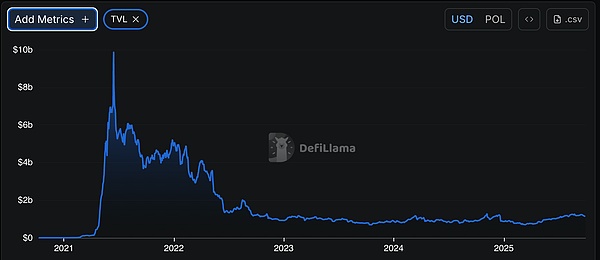
In addition, native tokens have also transitioned from $MATIC (used to secure the original Polygon PoS chain) to $POL (used to support the entire Polygon ecosystem), especially under the upcoming upgrades such as Staking Hub, which aim to consolidate and enhance cross-chain security and governance.This token migration is crucial, although it brings some temporary uncertainty to holders during the transition period and leads to a dispersion of liquidity.
Polygon Labs also boldly shifted its strategic focus to zero-knowledge (ZK) Rollup and acquired a team focused on ZK to develop zkEVM, a virtual machine that can achieve comparable execution capabilities to Ethereum while also having the scalability advantages of ZK proven.While optimistic Rollup (OR) was initially gaining traction for its simpler design and earlier releases, Polygon’s emphasis on ZK Rollup reflects its long-term bet on Ethereum’s ultimate Layer-2 scaling solution.zkEVM technology aims to combine high security, scalability, and full compatibility with existing tools on Ethereum, which has the potential to give Polygon a leading position in future multi-chain architectures.
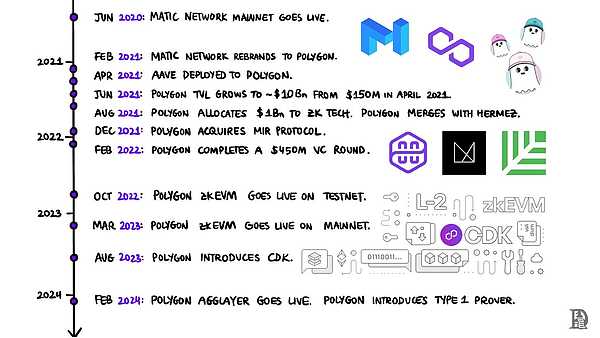
The turning point of the COVID-19 pandemic
In April 2021, the second wave of the new crown epidemic hit India hard.Hospitals are overcrowded and oxygen supply is short.Nelvar’s family is all infected with the new crown in India, and he is far away in Dubai and can do nothing.
“It was obvious at the time that it was impossible for our family to survive 100%,” he said. “Not everyone can survive.”
He said on Twitter that he could not sit idly by the crisis.He created an encrypted multi-signature wallet to receive donations, which is expected to raise $5 million in total.Within a few days, donations reached $10 million.Ethereum founder Vitalik Butling then donated $1 billion worth of Shiba Inu coins.

The actual challenge is: How to liquidate $1 billion worth of meme coins without causing a market crash?
Nelvar cooperated with market makers and sold slowly for months.The Shiba Inu coin community initially panicked over fears of a massive sell-off, but calmed down after Nelvar promised to execute with caution.In the end, he netted $474 million, far exceeding Butling’s expectations.
The Crypto Coronavirus Rescue Fund deployed $74 million to India in an emergency.Nelvar returns $200 million to Butling, who donates it to U.S. biomedical research.The remaining $200 million is left for long-term projects with “blockchain influence”.
Shape character in adversity
By mid-2025, Polygon faces new challenges.$POL price fell by more than 80% from its highs.Competitive second-tier solutions from Arbitrum and Optimism are seizing market share.The company expanded to 600 employees during its boom, resulting in cultural problems and bloated organization.
Nelvar made a difficult decision.Two rounds of layoffs have streamlined the team to a more cohesive scale.Several projects that took several months of engineering were cancelled because they no longer fit the strategy.
In June 2025, Nelvar became the first CEO of the Polygon Foundation, integrating leadership previously scattered between co-founders and board members.Three of the four co-founders have quit the active role, and he is the last one to stay.
“When the critical moment comes, most founders are unable to make difficult decisions,” he said in an interview. “Execute market strategies in a difficult way, fire people who are not suitable for the current strategy, and give up projects that have invested a lot of time and emotional resources.”
The feeling of these decisions will be different when you cut down on projects you personally support or fire those who believe in your vision during difficult times.
Under Nelvar’s full leadership, Polygon refocused on AggLayer, an interoperability protocol designed to unify blockchain networks.Its technological vision is to create infrastructure that makes thousands of independent blockchains look like a single, seamless network to the end user.
“By 2030, there could be between 100,000 and 1 million chains,” Nelvar predicted, “all activity will be transferred to these application chains.”
This is a bold claim.Whether it can be achieved depends on implementation in the next few years.
Long-term game
Nelvar thinks in ten years, not quarters.He keeps mentioning the 10- and 50-year timeline when discussing the competition for Polygon or the future of DePIN.
“If you give me 10 years, I can tell you 100% that this is the ultimate architecture for cryptocurrencies to go to the mass market,” he said of AggLayer.“But no one can predict whether it’s the Polygon version or anyone else joins in to build something like that.”
He is confident in the vision of blockchain infrastructure.Whether implemented by Polygon or by others, it is far less important to see it build.
Through the “Blockchain Influence” project, he is shifting from emergency rescue to “incentive” charity.He is planning a prize similar to the Indian Nobel Prize to inspire the next generation of scientists and engineers.
“I hope to get $2 trillion in output from this $200 million BFI,” he explained, the leverage he described sounds ridiculous until you remember that he turned $30,000 seed money into a company with a market capitalization of briefly $30 billion.
However, Polygon faces a headwind.Competitors such as Arbitrum and Base have already occupied more market share, providing a simpler user experience and stronger support.Polygon’s bridge technology is still complex, and the transition from MATIC to POL also brings uncertainty.The company’s developer-centric publicity has not yet translated into large-scale retail applications like its competitors.Whether Neilvar’s long-term infrastructure investment can pay off will depend on execution in an increasingly crowded market.
It has been confirmed that the journey Sandeep Nelvar has taken from the starting point is beyond the imagination of most people.But whether the infrastructure built can help others like cryptocurrencies help him, remains to be seen.
From a village without electricity to building an internet of value, the destination is uncertain and the journey continues.

